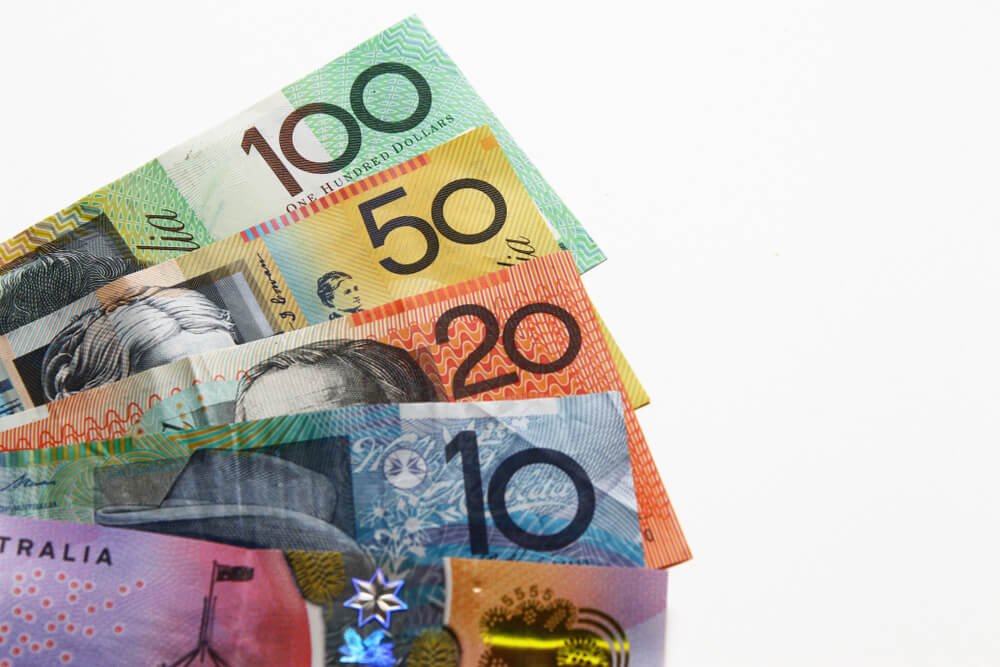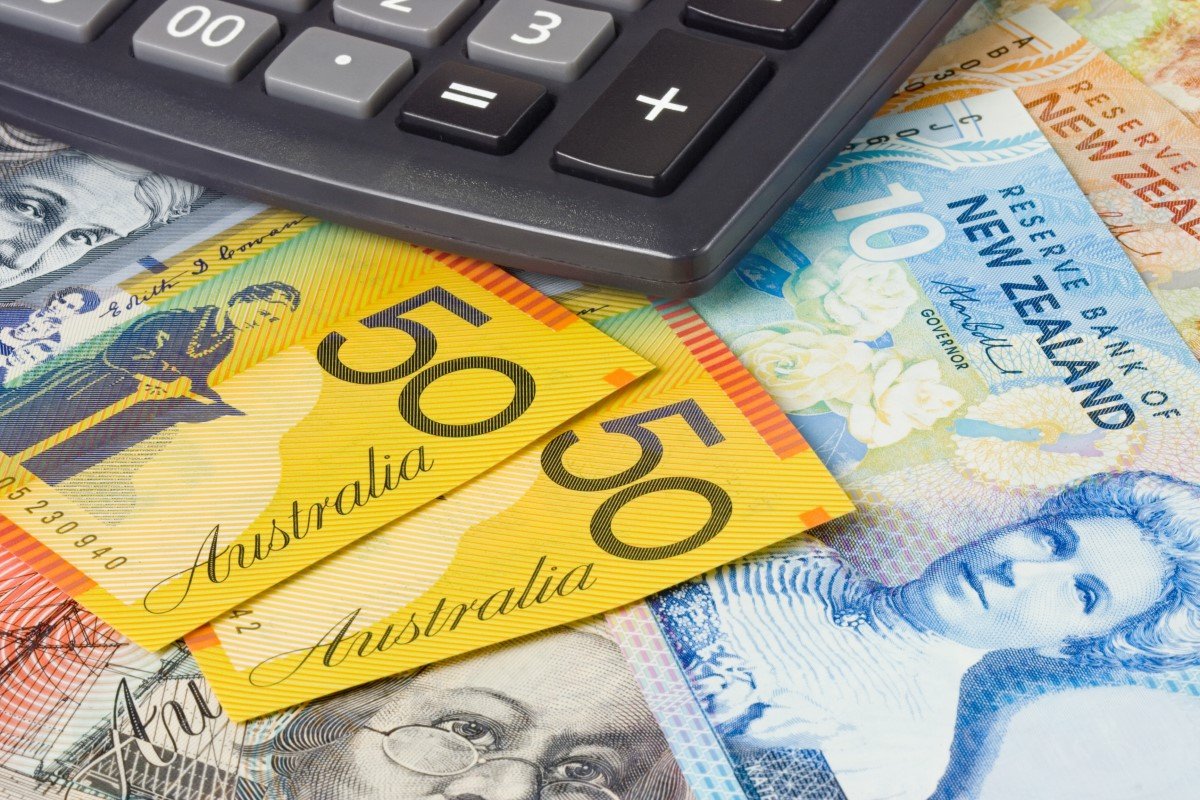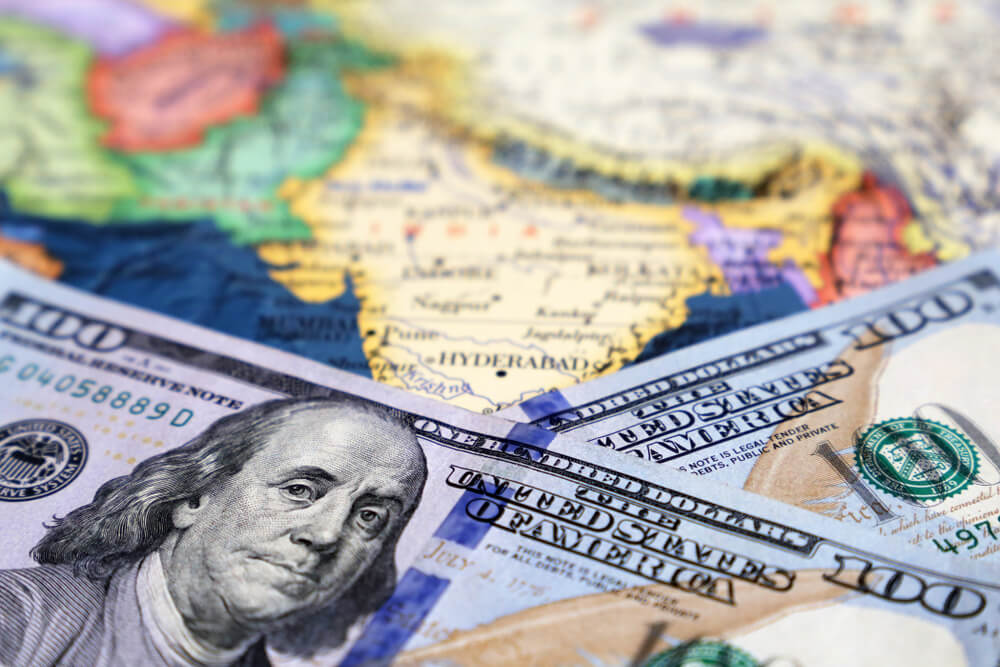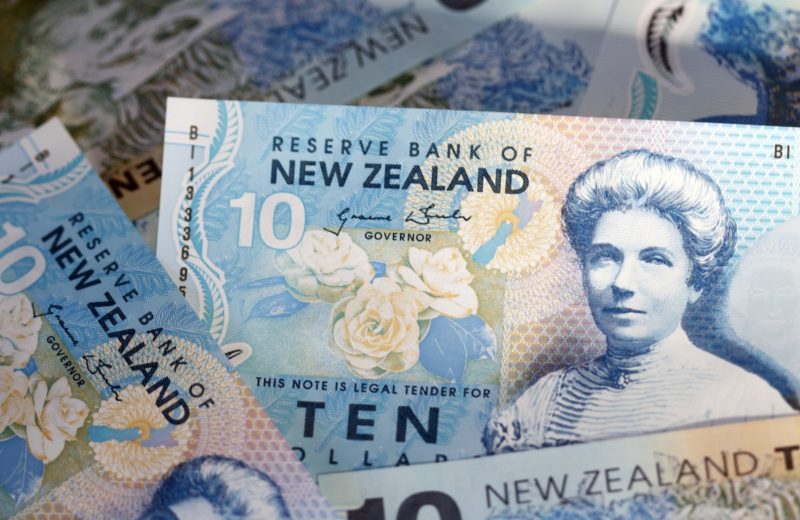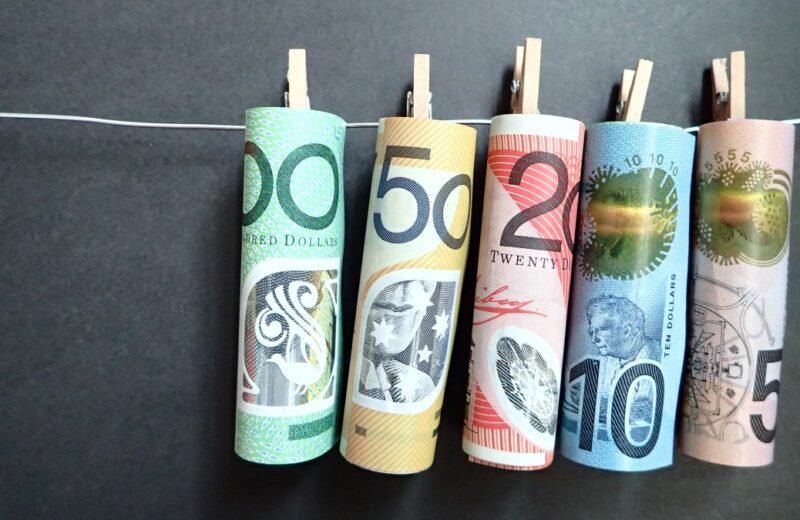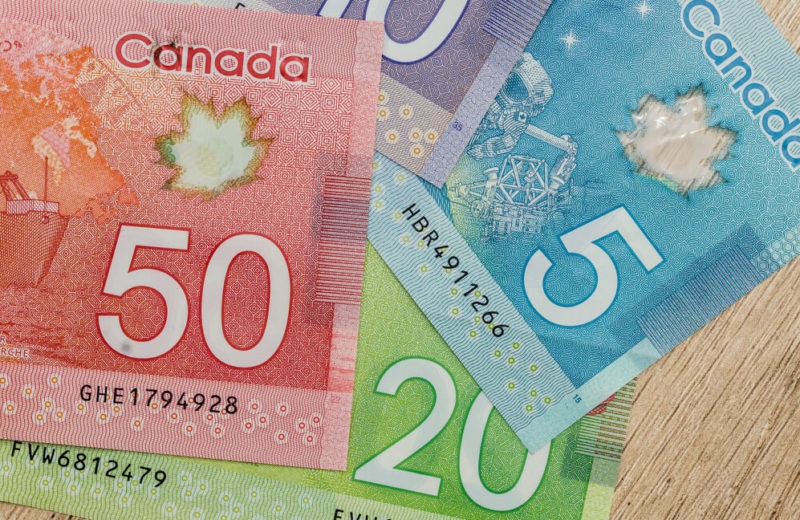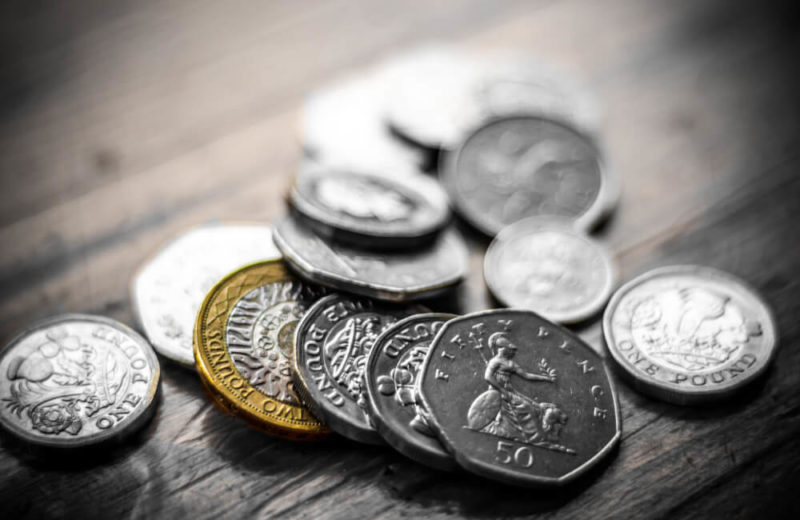At the meeting of central banks this week, the Reserve Bank of Australia was perceived as more dovish than expected. As a result, the Australian dollar fell in value on Tuesday. The federal reverse is under observation as it gets closer to the end of its two-day meeting. The fed is now expected to announce its plan for the start of tapering asset purchases.
On the other hand, after the Bank of England meeting on Thursday, the market is experiencing an interest rate rise. Investors suspect more waves of tightening from central banks and price fluctuations as a result. It is believed that the policymakers will turn to rise inflation to end the pandemic era more smoothly.
Things differ in Australia
While the rest of the world was undergoing hawkish pivots, Australia’s central bank remained relatively smooth regarding policies. This contrast in movement resulted in a decline of 0.7% in the Aussie dollar, bringing the price to its lowest since October 22nd, $0.7462.
The RBA has omitted its previous announcement regarding the inflation rate remaining relatively unchanged till 2024. Now RBA is stressing that the current rate is too low for exiting the pandemic era, and is targeting the April 2024 government bonds.
Analysts have detected a sharp gap between AUD and Aussie rates. They have announced that the recent jumps in rates are a short-term risk for the Aussie and can cause a skewed upside.
New Zealand’s dollar has experienced a 0.2% decline and is at $0.7174.
The rest of the world
The dilemma regarding inflation rates also exists in the rest of the world. This dilemma is keeping the currency markets largely treading water, as the traders are mainly waiting for the stimulus to come back.
The dollar index had a 0.25% decline from Monday, retreating from a two-week high of 94.313.
The euro had a 0.1% decline to $1.1596.
Sterling declined 0.1% to $1.3651.
The dollar had a 0.3% decline to 113.62 yen.


